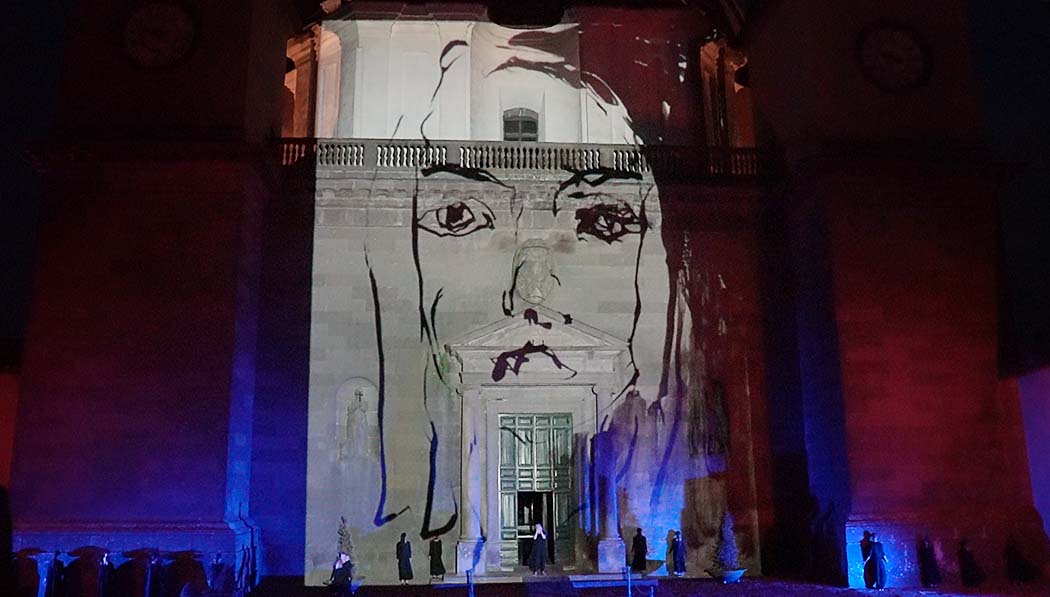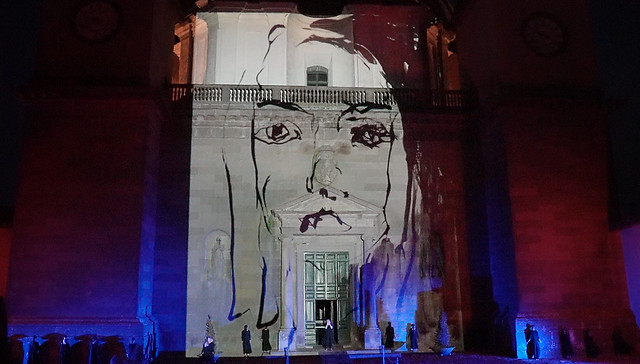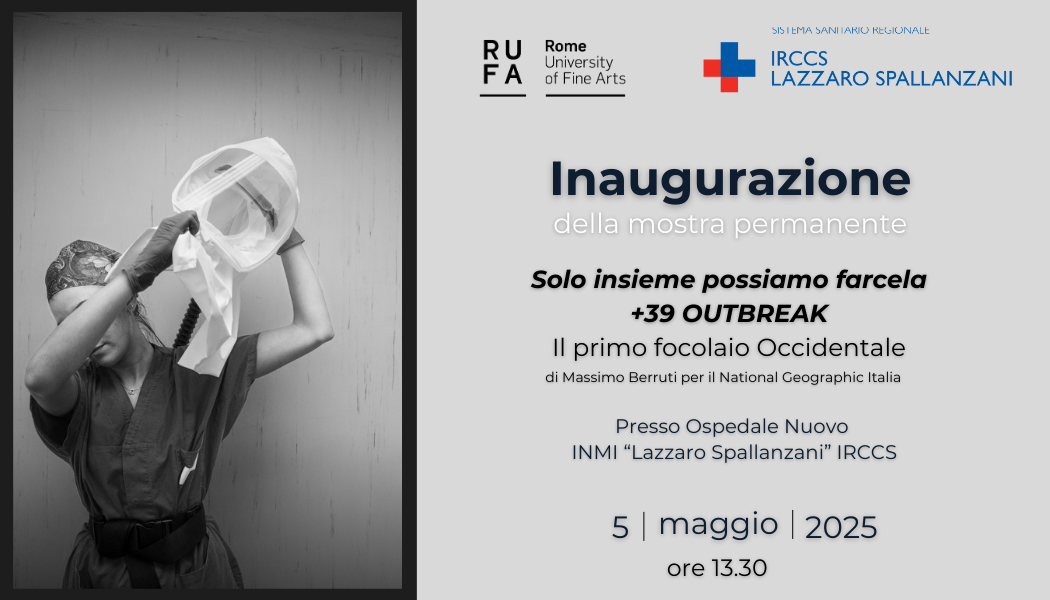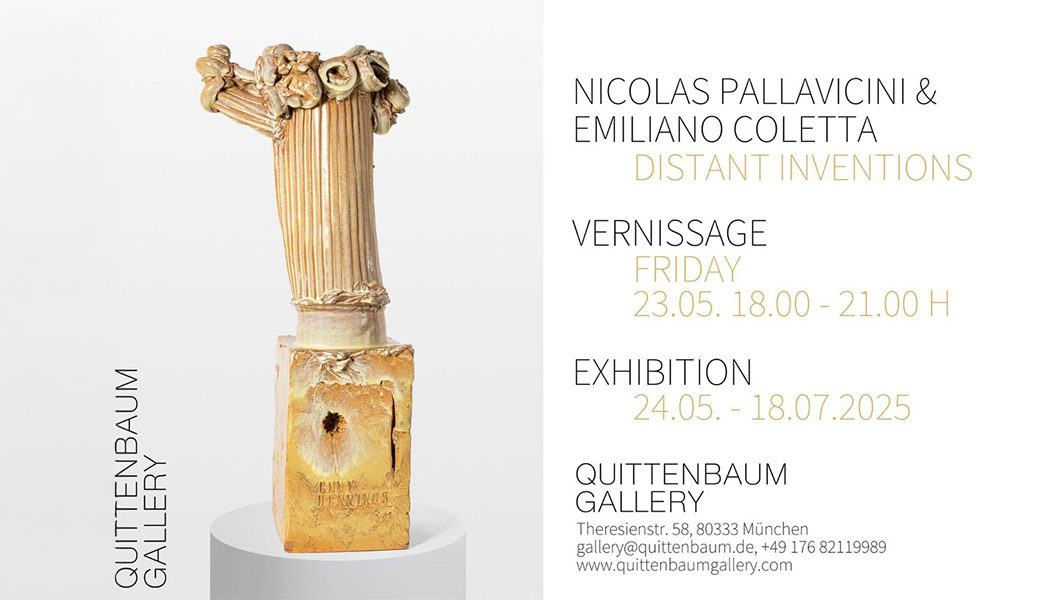RUFA Visual Arts students Banu Batur and Annalisa Welzhofer, under the supervision of lecturer Alessandro Carpentieri, were among the protagonists of the performance ‘Santa Margherita D’Antiochia: una rappresentazione sacra tra corpo, spazio, estasi’ (Saint Margaret of Antioch: a sacred representation between body, space, ecstasy), which took place in Montefiascone on 25 June.
The images of visual arts students Banu Batur and Annalisa Welzhofer were projected onto the façade of Montefiascone Cathedral during the choreographies performed during the performance “Santa Margherita D’Antiochia: una rappresentazione sacra tra corpo, spazio, estasi” (Saint Margaret of Antioch: a sacred representation between body, space, ecstasy), organised by the National Academy of Dance, with Director Enrica Palmieri as project leader.
The artistic event was born from the desire to create a creative and fruitful collaboration between the Academy’s various partners, including RUFA, Saint Louis College of Music, the ‘Silvio D’Amico’ National Academy of Dramatic Art, and the Accademia Musicale di Roma Capitale, together with Mimar Sinan University on the international scene. The aim was to address highly urgent issues such as resilience and the ability to weave a common history between different cultures and geographies in response to current challenges, from health-economic emergencies to geopolitical ones (the Ukraine crisis and a possible global nuclear conflict). Challenges that art and research can help understand with the forms that only art can communicate.
Starting then from a true but emblematic story such as that of Saint Catherine of Antioch allows us to bring together philosophy, religion, tradition, hope: elements that intertwine through a path of vision and meditation within a real urban space such as the historic village and Cathedral of Montefiascone. Youth and beauty are the traits of this figure who, at only fifteen years of age, suffers a ferocious martyrdom: the cutting off of her head because she disobeyed what the culture of the time (275 A.D.) demanded of every woman of her age: a marriage and the practice of a traditional religion. Then the choice of Christianity becomes the rebellious act that allows the young woman to go beyond her physicality by accepting martyrdom.
The photographic documentation of the event was entrusted to Photography student Christian Quatela.







